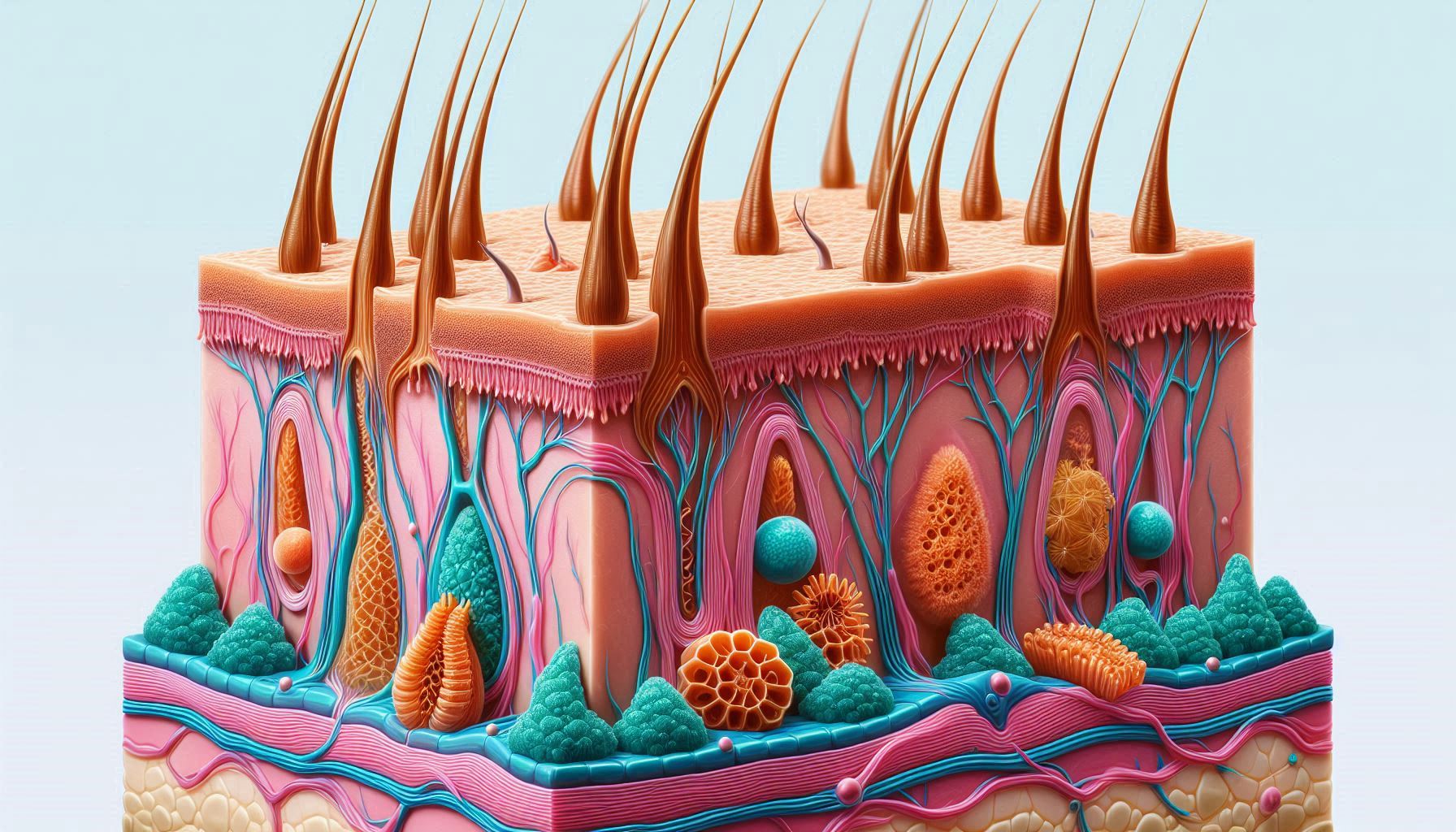
Achieving a Natural Hairline: The Comprehensive Guide to Hairline Transplants
A natural-looking hairline is often one of the most sought-after results in hair restoration. A hairline transplant, when performed with precision and expertise, can provide a seamless and aesthetically pleasing outcome that restores confidence and enhances appearance. This article will delve into the essentials of natural hairline transplants, including the techniques, benefits, and what to expect throughout the process.
Understanding Natural Hairline Transplants
A natural hairline transplant aims to recreate a hairline that looks authentic and integrates smoothly with the existing hair. Unlike older methods that often resulted in noticeable or unnatural results, modern hairline transplants use advanced techniques to achieve a result that mimics the natural growth pattern of hair.
Key Aspects of a Natural Hairline Transplant
- Consultation and Planning: The journey begins with a detailed consultation with a hair restoration specialist. During this phase, the surgeon will assess your hair loss pattern, the quality of your donor hair, and your aesthetic goals. The planning stage involves designing a hairline that complements your facial features and suits your personal preferences.
- Techniques Used: There are several advanced techniques used to ensure a natural-looking hairline:
- Follicular Unit Extraction (FUE): FUE is a minimally invasive technique where individual hair follicles are extracted from the donor area and transplanted to the recipient area. This method is known for its precision and the natural look it can achieve. The follicles are placed at an angle and density that mirrors natural hair growth.
- Follicular Unit Transplantation (FUT): Also known as strip harvesting, FUT involves removing a strip of scalp from the donor area, dissecting it into individual follicular units, and transplanting them to the hairline. This technique allows for the transplantation of a larger number of grafts, which can be beneficial for creating a dense hairline.
- Graft Placement: One of the critical aspects of achieving a natural hairline is the placement of the hair grafts. The surgeon must carefully place the grafts at the right angle and density to replicate the natural hair growth pattern. This ensures that the transplanted hair blends seamlessly with existing hair.
- Donor Hair Quality: The quality of the donor hair significantly impacts the success of the transplant. Healthy, dense hair follicles from the donor area are essential for achieving a natural-looking result. The donor area is typically located at the back or sides of the scalp.
- Post-Procedure Care: After the transplant, proper aftercare is crucial for the success of the procedure. This includes following the surgeon’s instructions for washing and caring for the transplanted area, avoiding certain activities, and attending follow-up appointments.
The Hairline Transplant Procedure
The hairline transplant procedure involves several key steps:
- Pre-Procedure Preparation: Before the procedure, you will undergo a thorough evaluation to determine your suitability for a hairline transplant. This includes discussing your medical history, goals, and expectations.
- Anesthesia: On the day of the procedure, local anesthesia is administered to numb the donor and recipient areas. This ensures that the procedure is comfortable and pain-free.
- Harvesting Hair Follicles: Depending on the technique used, hair follicles are harvested from the donor area. In FUE, individual follicles are extracted using a micro-punch tool. In FUT, a strip of scalp is removed, and the follicles are dissected from the strip.
- Preparing the Recipient Area: Tiny incisions or slits are made in the recipient area to prepare for the placement of the hair follicles. The surgeon carefully plans the placement to achieve the desired hairline and density.
- Placing the Grafts: The harvested hair follicles are meticulously placed into the incisions in the recipient area. The surgeon ensures that each graft is positioned to replicate natural hair growth.
- Post-Procedure Recovery: After the procedure, you will receive instructions on how to care for the transplanted area. This includes avoiding certain activities and using prescribed medications to promote healing.
Benefits of a Natural Hairline Transplant
A natural hairline transplant offers several advantages:
- Enhanced Appearance: The primary benefit is a rejuvenated and natural-looking hairline. A well-executed hairline transplant can provide a fuller, more youthful appearance.
- Increased Confidence: Achieving a natural-looking hairline can significantly boost self-esteem and confidence. Many patients report feeling more comfortable and self-assured after their transplant.
- Long-Term Solution: Hairline transplants offer a permanent solution to hair loss. The transplanted hair is typically resistant to the factors that caused initial hair loss, providing long-lasting results.
- Minimal Maintenance: Once the transplanted hair has fully grown in, it requires minimal maintenance compared to other hair restoration options. Regular hair care practices can help maintain the results.
Recovery and Aftercare
Recovery from a hairline transplant involves several considerations:
- Initial Recovery: After the procedure, you may experience redness, swelling, and mild discomfort in the treated area. These symptoms usually subside within a few days.
- Shedding Phase: It is normal for the transplanted hair to shed within the first few weeks after the procedure. This shedding is part of the natural hair growth cycle, and new hair will begin to grow in its place.
- Hair Growth: New hair growth typically starts within 3 to 4 months after the procedure. The hair will continue to thicken over the next 12 to 18 months, gradually revealing the full results.
- Follow-Up Appointments: Regular follow-up appointments with your surgeon are important to monitor progress and address any concerns. These appointments help ensure that the transplanted hair is growing as expected.
FAQs About Natural Hairline Transplants
1. How long does the hairline transplant procedure take?
The procedure can take between 6 to 10 hours, depending on the number of grafts and the technique used.
2. Will the transplanted hairline look natural?
Yes, when performed by an experienced surgeon, the results should look natural and blend seamlessly with your existing hair.
3. How many grafts are needed for a natural-looking hairline?
The number of grafts required varies based on the extent of hair loss and desired density. On average, 1,500 to 3,000 grafts may be needed.
4. How soon can I return to work after the procedure?
Most patients can return to work within a week, although recovery time may vary depending on the extent of the procedure and individual healing.
5. Are there any risks associated with a hairline transplant?
As with any surgical procedure, there are risks, including infection, scarring, and suboptimal hair growth. However, these risks are minimized with proper care and an experienced surgeon.
6. How long does it take to see the final results?
The final results typically become visible within 12 to 18 months as the transplanted hair continues to grow and thicken.
7. Can women undergo a natural hairline transplant?
Yes, hairline transplants are suitable for both men and women who wish to achieve a natural-looking hairline.
8. What is the cost of a natural hairline transplant?
The cost varies based on the extent of the procedure, the surgeon’s expertise, and the clinic’s location. On average, the cost can range from $4,000 to $15,000.
9. How do I choose the right surgeon for a natural hairline transplant?
Select a surgeon with extensive experience in hair transplantation, a proven track record of natural-looking results, and positive patient reviews.
10. What should I expect during the recovery period?
You may experience redness, swelling, and mild discomfort in the treated area. Following your surgeon’s post-procedure care instructions will aid in optimal recovery and results.
Conclusion
A natural hairline transplant offers a transformative solution for individuals experiencing hair loss. By focusing on meticulous planning, advanced techniques, and expert execution, this procedure aims to restore a natural-looking hairline that enhances appearance and boosts confidence. If you’re considering a hairline transplant, consult with a skilled surgeon who can guide you through the process and help you achieve the most natural-looking results.




